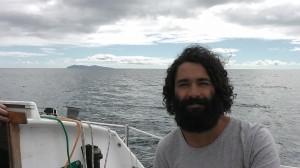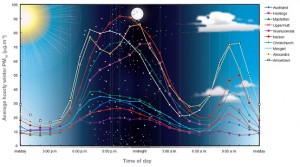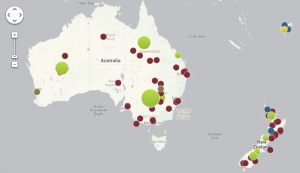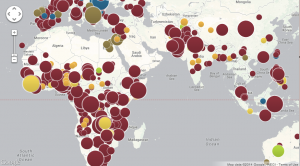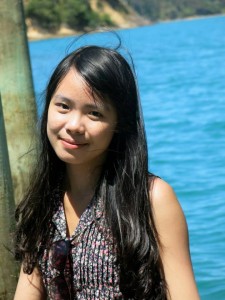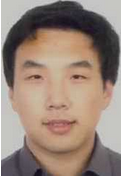The Ministry of Health has put out two brochures about prostate cancer screening, and there has been a heated reaction from some doctors. Prostate cancer screening in men without any symptoms is controversial, because it makes a lot of sense that it would have benefits, but the estimates from clinical trials are surprisingly small, and it definitely causes harm. There are plausible reasons to hope the benefits are larger than estimated in the trials, but not clear evidence.
The US Preventive Services Taskforce says that basically no-one should be screened, because there’s moderately good evidence that screening does not prolong life, and gives only small reductions in prostate cancer death. A statement from a group of prostate cancer researchers (somewhat misleadingly called a ‘consensus statement’, given the clear lack of consensus) says basically everyone should be screened because there’s good evidence that it reduces death specifically from prostate cancer. This isn’t just a situation where some people would decide one way and some would decide the other way because of different preferences and values; this is genuine disagreement.
You’re obviously not going to get a resolution of this question from me. But according to the ChCh Press
The Prostate Cancer Foundation says the pamphlets are perfectly balanced and branded the critics as “pathetic”.
Here I do have to disagree. One of the pamphlets says literally not one word about risk or harm or any possible disadvantage of screening. I don’t see how that can possibly be `perfectly balanced’.
The other one is substantially better; it says
A prostate check aims to reduce your chances of being harmed or dying from prostate cancer. While the PSA blood test and the DRE may be uncomfortable, there is no risk from having them. They do not harm you in any way.
Depending on your PSA and DRE results, you may need to make decisions about more tests and possibly treatments. The tests and treatments have benefits and risks (can cause harm). You need to understand what the benefits and risks are so you can make the right decisions for you and your family and whānau.
The second paragraph there is the important one. Personally, I don’t think it’s sufficiently clear how much the second paragraph takes back the claims of the first, but it is there, as is a description of the treatment options. The pamphlet also does emphasize that screening should be an individual choice, but there isn’t any suggestion that there is any uncertainty or controversy over the best approach.
In any case, if you’re male, older than, say, Russell Coutts, and the sort of person who reads StatsChat, it’s probably worth reading both the US PTF anti-screening recommendations and the Melbourne Consensus pro-screening recommendations. They are both produced by intelligent, knowledgeable people using the same set of facts and trying their best to help.
It’s a real pity the NZ Guidelines Group is no more. They wouldn’t be able to solve the problem, either, but they might at least be able to referee the argument and perhaps reduce the name-calling.


